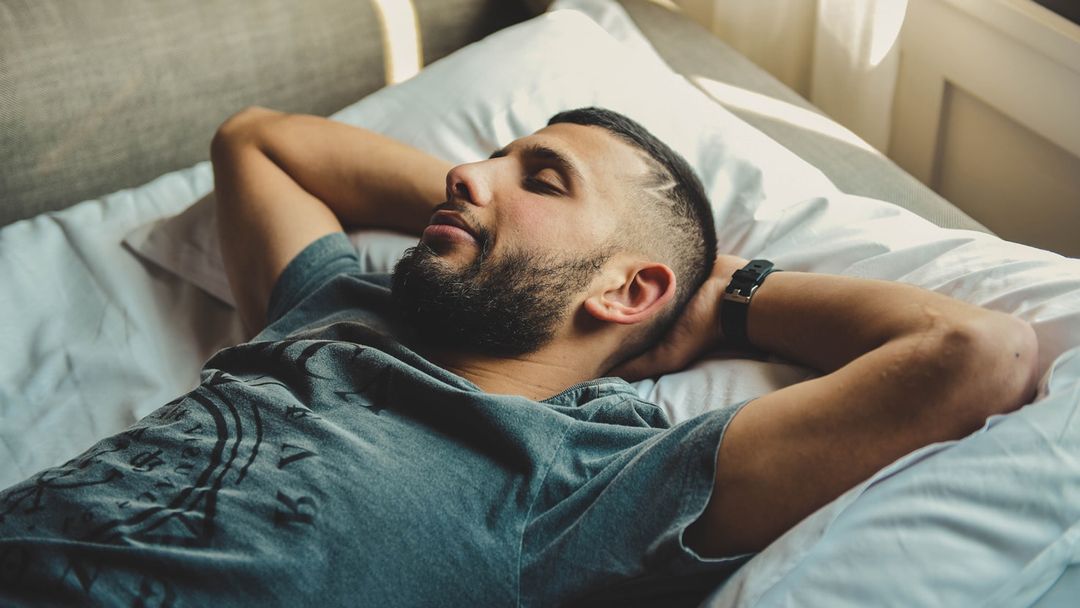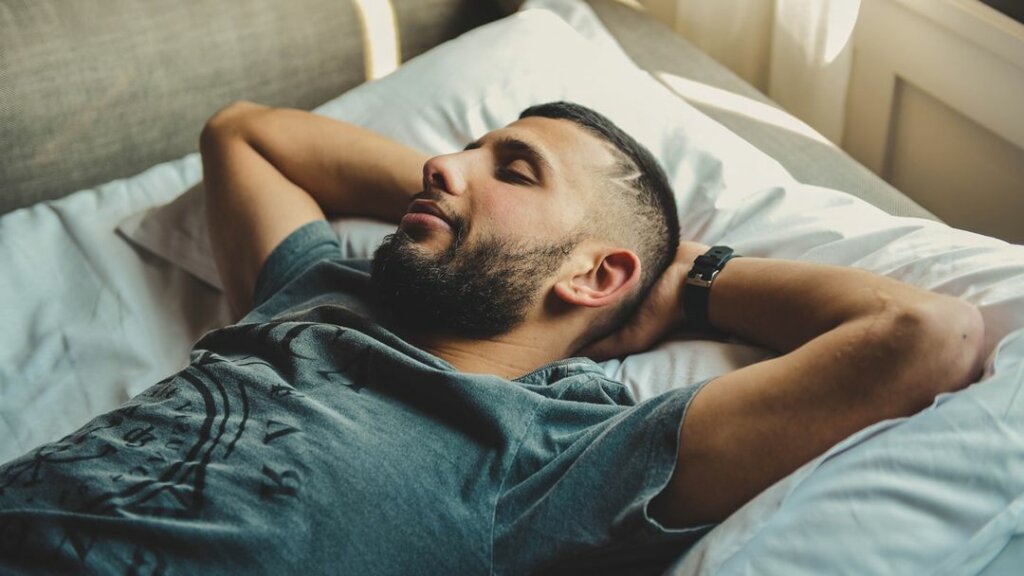We all know how important sleep is. Sleep is essential for growth, cell repair, and mental clarity. Whenever we experience a lack of quality sleep—be it due to a snoring partner, a life trauma, or increased anxiety levels—it impairs our ability to wake up feeling refreshed, alert and ready to take on the world. If you’re struggling to get a good night’s rest, then the following sleep therapy options might be exactly what you are looking for.
Cognitive Behavioral Therapy for Insomnia
Insomnia affects a third of all adults at some point in their lives. A lack of quality sleep over an extended period of time can become a pattern, and eventually, a learned behaviour. Cognitive behavioural therapy for insomnia (CBTi) is a psychotherapy tool that we can use to create a new pattern of behaviour that results in quality sleep.
A recent study at Harvard Medical School found that CBT was more effective at treating chronic insomnia than prescription sleep medication, making this a preferred option for most of us. Beginning with sleep restriction, we will explore ways that you can practice sleep therapy at home starting today.
1. Sleep Restriction Therapy
The idea of restricting your time in bed each night may seem a little counterintuitive when all you want is a good night’s sleep. But if you are waking up due to nightmares, sleep apnea or struggling to fall asleep in the first instance, then sleep restriction is one sleep therapy that can help you.
Restricting the amount of time spent in bed will help you to increase the amount of time spent getting actual sleep. If you find yourself sleeping for three or four hours even though you’re in bed for an hour or two longer than that, then set a limit on staying in bed for just three or four hours. This process can feel like a mild form of torture at first, because you’ll basically wait until you’re ready to pass out and sleep before you can lie down on your bed. But eventually, you will begin to notice that you spend more time sleeping when in bed than awake, tossing and turning.
2. Stimulus Control
If you are someone who dreads going to bed or finds yourself tossing and turning for hours before going to sleep, then, The Stanford University sleep disorder clinic recommends stimulus control as a useful method for you.
In the same way that sleep restriction is about creating quality sleep time in bed, stimulus control is all about removing any negative associations or stimuli from the bed and the bedroom. For example, working from your bed or arguing with your partner in bed can make you mentally associate your bed with work and emotional stress—resulting in you dreading bedtime. Keep the bed for rest, sleep, and sex only, and over time, going to bed will become a relaxing and restful experience.
3. Sleep Hygiene
Unlike sleep restriction and stimulus control, which are aimed at alleviating long term insomnia, sleep hygiene is great for anxiety or stress-related sleep deprivation. So, whether you are new parents, experiencing illness, or worried about your finances, improving your sleep hygiene will help you to enjoy a good night’s rest whatever the circumstances.
Sleep Hygiene Do’s & Don’ts
Do’s:
- Set a sleep schedule that works for you.
- Try a relaxation or breathing meditation before bed
- Take a warm bath or shower before bed.
- Write down any nagging worries or thoughts.
- Practice yoga before going to bed.
- Turn off the alert for texts and emails on your phone.
- Go to bed when sleepy, and get out of bed if you’re tossing and turning.
Don’ts:
- Don’t go to sleep at random times of the day or night.
- Don’t do a vigorous workout before bed.
- Don’t work, eat, or watch TV in bed.
- Don’t eat a large, heavy meal close to bedtime.
- Don’t drink caffeine or alcohol before bed.
- Don’t spend long periods on a mobile device before bed.
- Don’t go to bed if you are wide awake and not ready to sleep.
These are some of the common things to do or avoid during bedtime, but feel free to spend some time creating your personalized list of do’s and don’ts. The most important thing here is to start to identify and understand what is disturbing your sleep so you can clean up your bedtime routine.
In conclusion, regardless of whether you are a long term insomnia sufferer, prone to nightmares, or you lose the occasional night’s sleep due to stress and anxiety, cognitive behavioural therapy for insomnia is proven to give the results you need for a good night’s rest.
Did you know?
This article is part of our Complete Guide to Sleep Disorders – A resource that will help you get your quality sleep back. Click here to learn more about sleep disorders, their causes, symptoms and how to overcome them.



